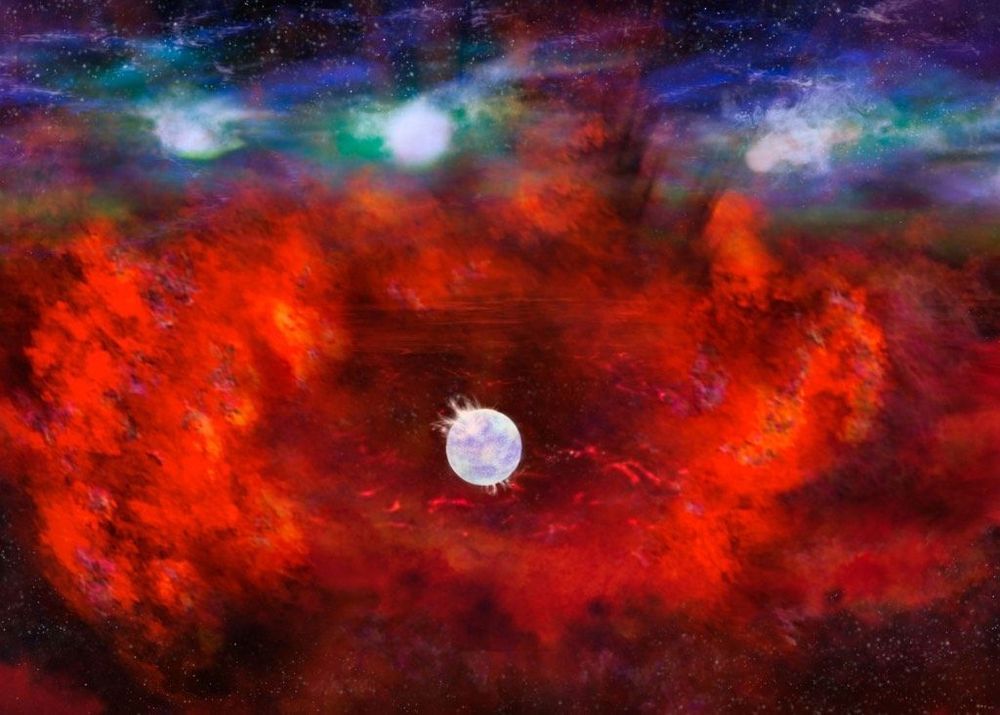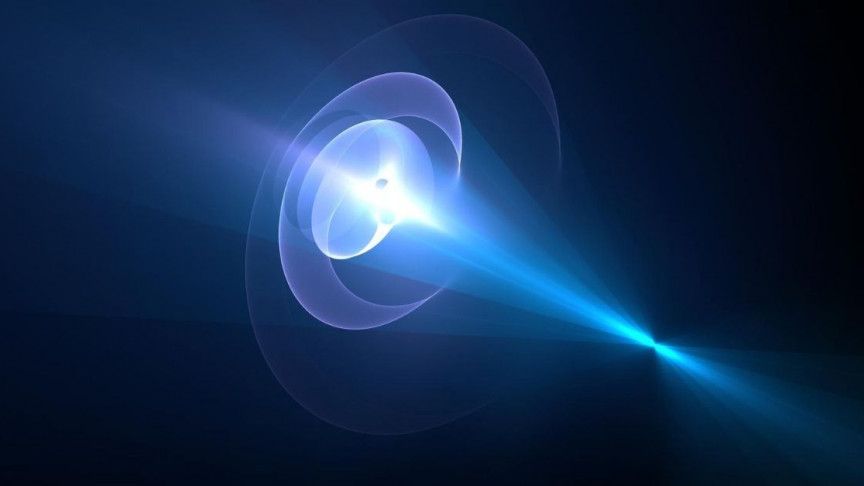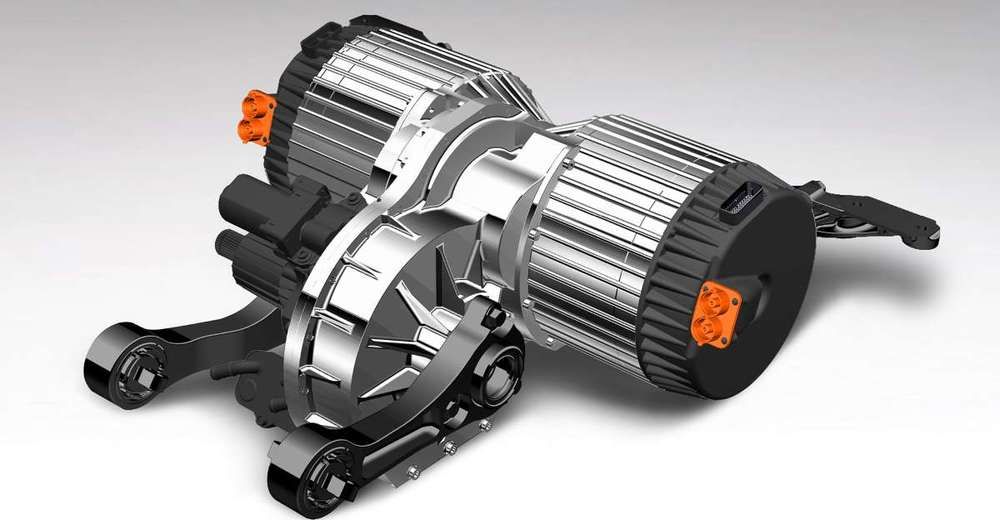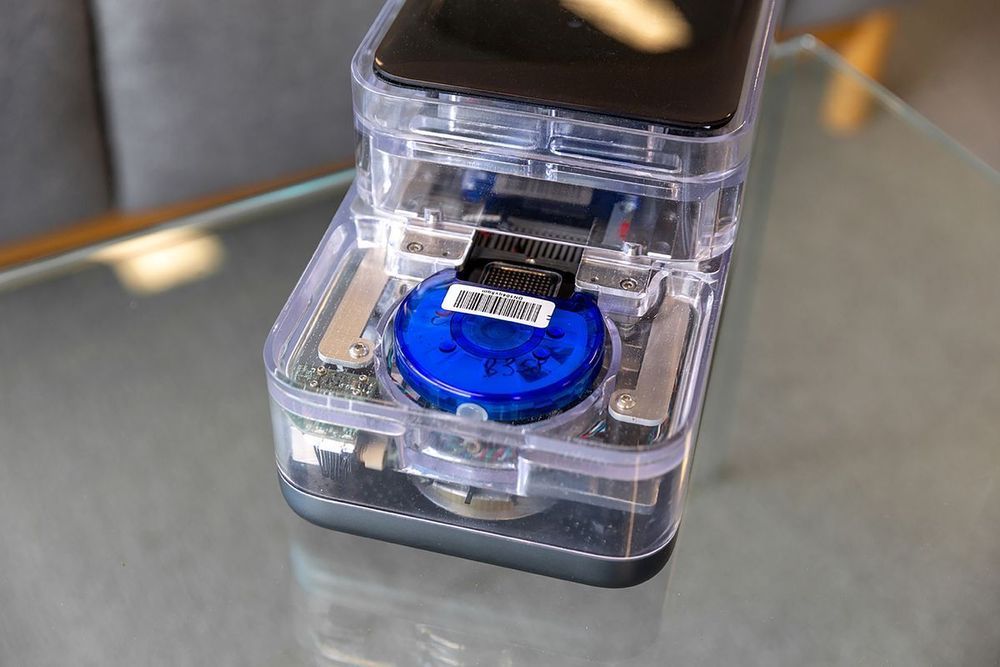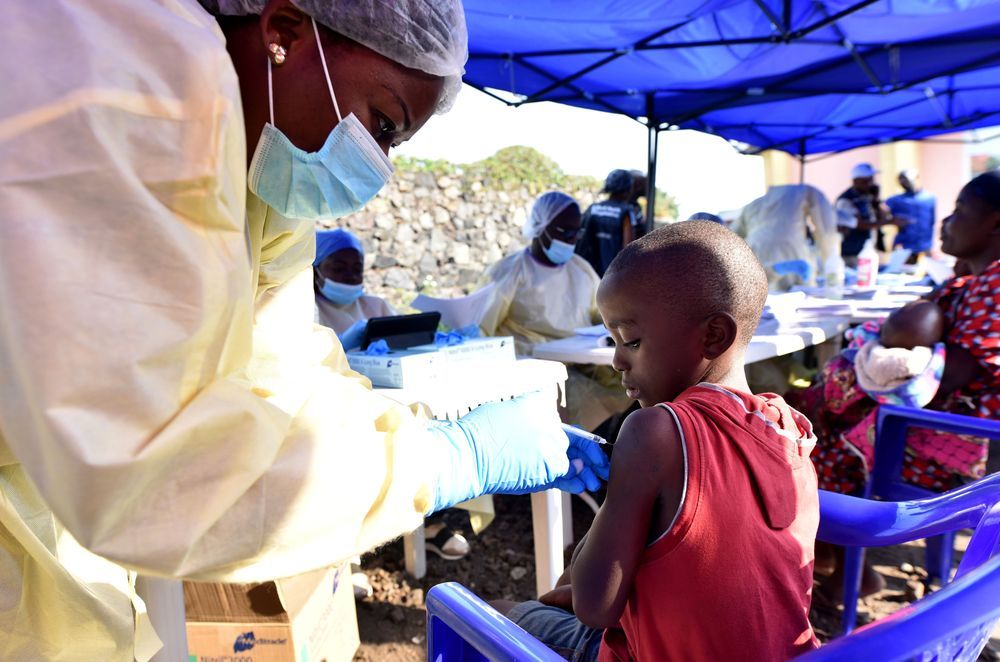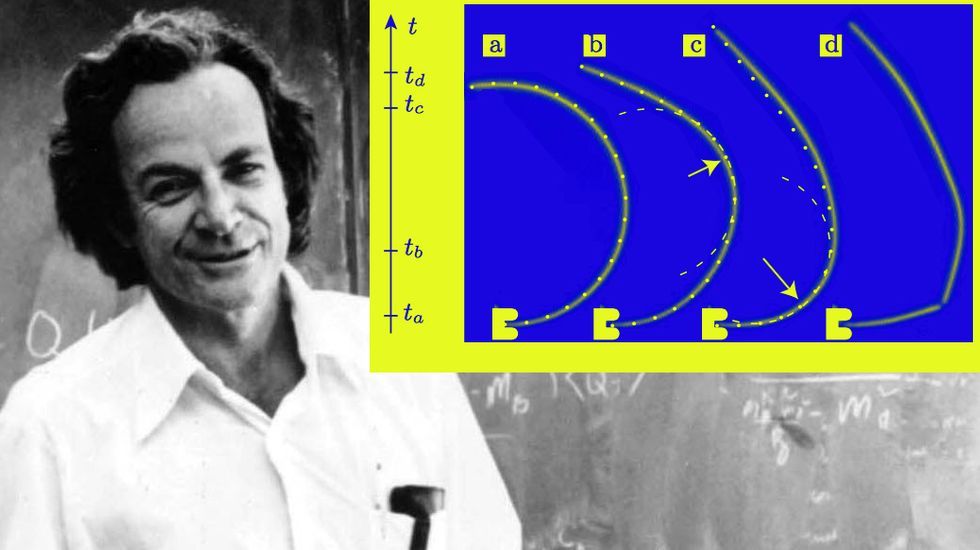Astronomers have long suspected a city-sized neutron star hides within the dusty shroud of SN 1987A. And now, they’re closer than ever to proving their case.
But the extraordinary sight of a nearby supernova lingering in Earth’s night sky isn’t the only thing SN 1987A bestowed upon us. It also gave astronomers an unprecedented opportunity to investigate what triggers supernovae, as well as how such powerful blasts ripple through their surroundings. In fact, we can see the shockwave from SN 1987A still speeding outward today, interacting with clouds of dust that encircle the original site of the cosmic explosion.
